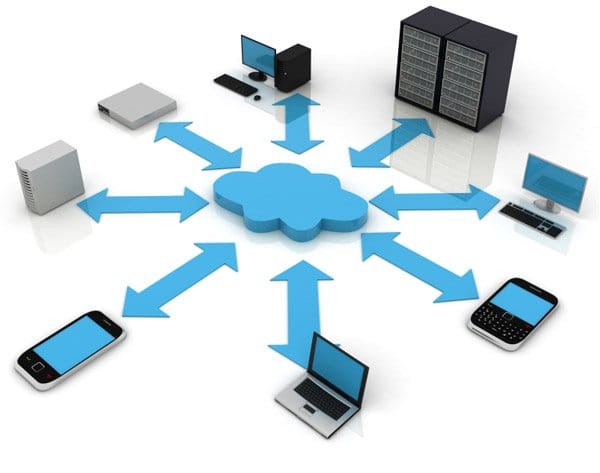The Cloud - Gateway to Enterprise Mobility

This post is brought to you by the Enterprise CIO Forum and HP’s Make It Matter.
 Can you remember what it was like to do your job ten years ago? For the most part, you were stuck to your desk and most likely using your large desktop computer with a very large CRT monitor. If you were lucky, you might have received a laptop that let you move around the office and/or travel for business and drag along your lightweight laptop. Of course, these lightweight laptops weren’t really that lightweight but they did let you know work away from the office whenever you needed to. Lastly, those that were really lucky might have a blackberry device to keep on top of their email.
Can you remember what it was like to do your job ten years ago? For the most part, you were stuck to your desk and most likely using your large desktop computer with a very large CRT monitor. If you were lucky, you might have received a laptop that let you move around the office and/or travel for business and drag along your lightweight laptop. Of course, these lightweight laptops weren’t really that lightweight but they did let you know work away from the office whenever you needed to. Lastly, those that were really lucky might have a blackberry device to keep on top of their email.
The world of mobile ten years ago was one that was mobile, but wasn’t. Sure you could get away from your desk but you weren’t always able to do everything you needed to. The security issues that existed were fairly minor. Companies setup virtual private networks (VPN’s) to allow access to the company systems from outside the firewall. Access via blackberry devices were fairly secure and straightforward. Access other than VPN or blackberry was generally unavailable outside the office. There was rarely thought given to other mobile devices other mobile access and very rarely the capability for employees to bring their own devices into the corporate environment and network.
Today, mobility is much different in most organizations. Laptops are more than ubiquitous and people are regularly working from inside and outside the organization’s firewall. In addition to laptops, tablets and smartphones are almost as ubiquitous throughout organizations today with many being personal devices brought into the organization from employees.
IT operations and security have their hands full with the various mobile devices and mobility requirements placed upon them by the wants and needs of the organization. Many organizations have mobility solutions and systems on their ‘to do’ list to ensure mobility is implemented in a way that allows the organization to meet their goals and objectives.
According to a recent report by IDG Research, 54% of organizations have a mobility strategy and have begun some form of implementation while 38% of companies are currently formulating a mobility strategy. Those are fairly good numbers that show most companies have identified mobility as a key issue for the future and are trying to address it head on. While these companies seem to have a strategy and implementation plans, both need to be flexible during and after implementation to incorporate new technologies and systems.
One of the main focus points for mobility strategies for organizations should be the cloud. The cloud is a game-changer when it comes to mobility strategy and implementations. The cloud can help off-load already over-burned data centers and IT systems as well as helping to make the bring-your-own-device (BYOD) paradigm a reality with very little overhead within the organization.
Enterprise mobility is a necessity for organizations today, tomorrow and into the future. Using the cloud to help facilitate mobility is a no-brainer today as it allows for mobility to exist from the very beginning of the system lifecycle. With proper planning, the cloud can bring the ultimate mobility to an organization while still provide great data security and data access from anywhere in the world.
How well is your organization planning for mobility within your enterprise?
This post is brought to you by the Enterprise CIO Forum and HP’s Make It Matter.


Comments ()